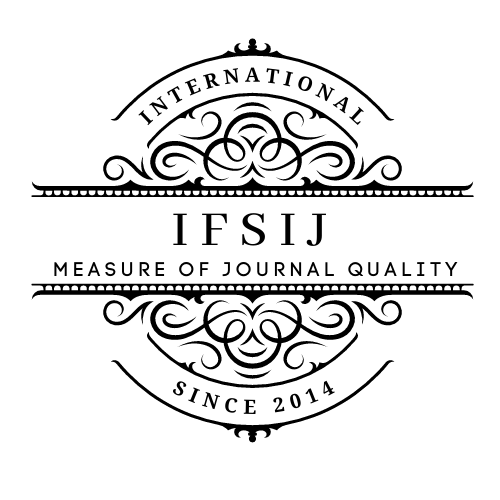MORPHOMETRIC AND MORPHOLOGICAL ANALYSIS OF MASTOID FORAMEN VARIATIONS: IMPLICATIONS FOR NEUROSURGICAL PLANNING
Keywords:
Mastoid foramen, mastoid emissary vein, craniometric analysis, anatomical variability, neurosurgical planning, foramen morphology, exit orientation.Abstract
Background. The mastoid foramen is a key anatomical structure that transmits the mastoid emissary vein (MEV), providing venous communication between intracranial and extracranial systems. Its variability poses challenges during neurosurgical and otologic procedures, where unrecognized anatomical differences may lead to complications such as hemorrhage or air embolism. Objective. To investigate the morphometric and morphological variations of the mastoid foramen in dried human skulls and assess their clinical relevance for neurosurgical planning. Materials and Methods. A total of 29 dried human skulls from the Anatomy Department of Samarkand State Medical University were examined using craniometric methods. Foramen length, width, diameter, shape, and exit orientation were measured with calipers. Statistical analysis was performed in Microsoft Excel 2010. Results. The mean diameter of the mastoid foramen was 0.13 cm on the right side and 0.10 cm on the left, with an overall mean of 0.12 cm. Star-shaped foramina were most common (32.1% right, 37.8% left), followed by round shapes (17.8% right, 24.1% left). Exit orientations showed variability: medially-superiorly-posteriorly was most prevalent (34.5% right, 31.03% left). Absence of the foramen was recorded in 24.1% of right and 10.3% of left sides.
Downloads
Published
Issue
Section
License

This work is licensed under a Creative Commons Attribution-NonCommercial-NoDerivatives 4.0 International License.















